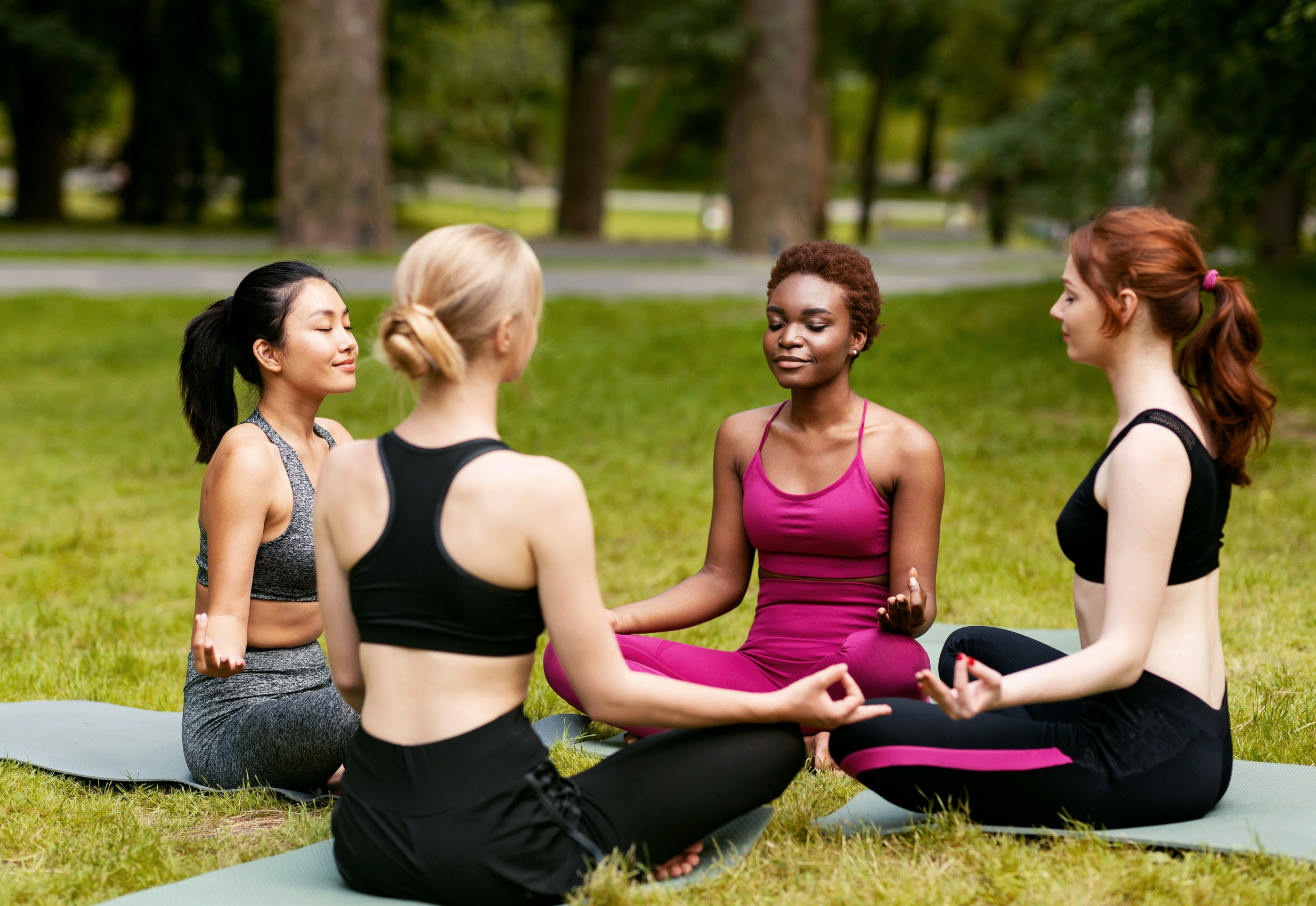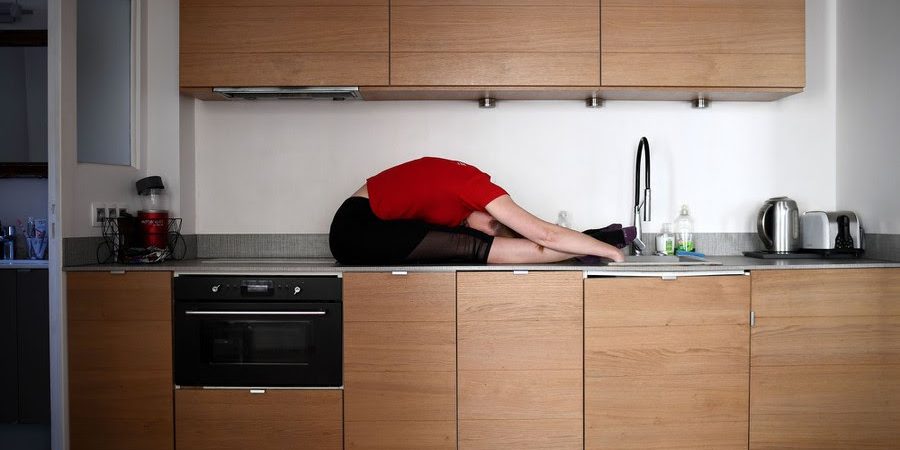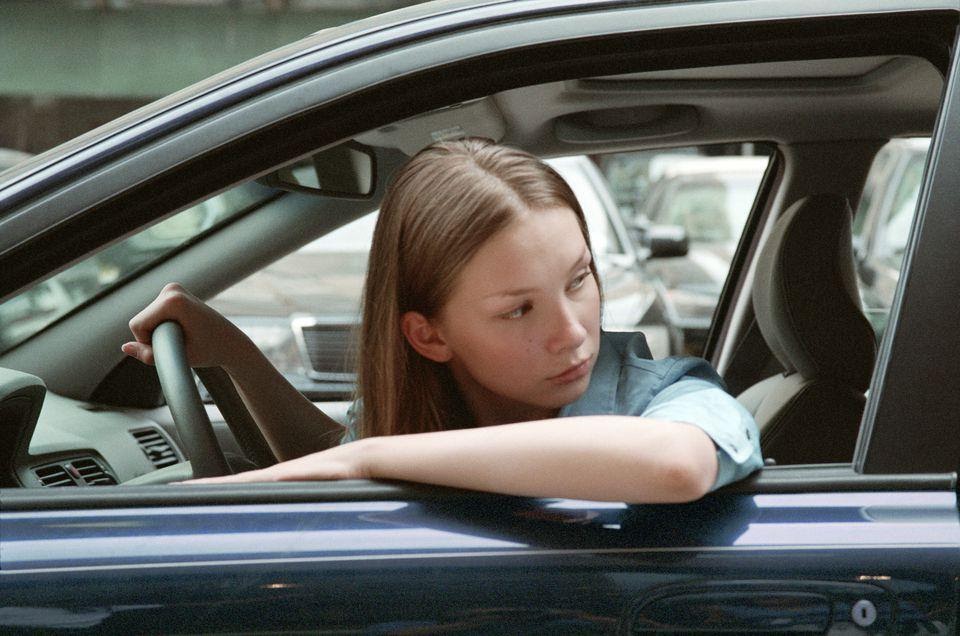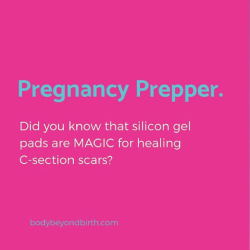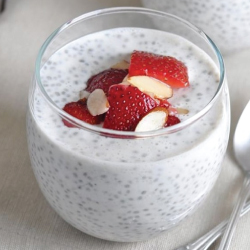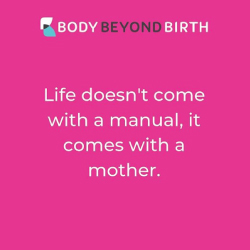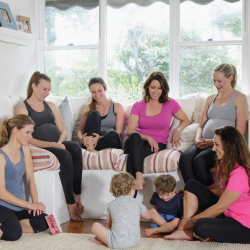When you are pregnant or if you have just had a baby, Pilates classes are like any form of exercise. It’s a case of ensuring whether you are fit enough and healed after delivering your baby. Any advice you receive on movement, exercise and nutrition when having a baby or breastfeeding should be double checked with your OB GYN and birthing team.
What we know from Becky, a physiotherapist and one of the creators of Body Beyond Birth is that yes, Pilates is a great fitness program for you during pregnancy and after. It can also help you get fit in preparation to fall pregnant.
Here are some of the reasons why Pilates classes are good for the pregnant and postnatal body as long as you have appropriate clearance from your medical health team
Decreases the occurrence of low back pain

One of the common complaints during pregnancy or after delivery is back pain. This is because you have a wonderful new life growing inside you combined with lax ligaments and overstretched abdominal muscles.
It doesn’t matter if you opt for Pilates classes prior to pregnancy, during or after, they can do wonders for this pain caused by muscle weakness and pelvic instability.
This is partly because Pilates helps increase awareness of your posture. This means you are less likely to adopt positions that exacerbate pain, such as slouching or standing while you hang on your ligaments without engaging your abdominal muscles.
The other reason why Pilates classes can be beneficial with the prevention of back pain is they help strengthen your abdominal muscles as these muscles are changing length throughout your pregnancy. By stretching, strengthening and engaging in precise movements via Pilates, you give your body the opportunity to strengthen the muscles around your baby belly and spine. This helps with the 40 weeks you carry your baby and the healing of your abdominals post pregnancy.
Offsetting hormone and muscle changes
During pregnancy, your body is going through such a rapid chain of events, it’s incredible. Your body is nourishing and, carrying a baby and preparing for the birth of this small human. Your body is a wonder of nature, a science lab and the most nurturing place on earth all in one.
Pregnancy means releasing extra hormones and seeing changes in muscles and connective tissue throughout the body. This is especially true of the deep abdominal muscles, pelvis and lower back. Relaxin is a hormone that is released into your body that contributes all these areas become supple and limber in preparation for birth.
By working the gluteus medius muscle during Pilates classes, specifically exercises such as the modified side leg lift that helps strengthen the gluteus medius, you can reduce the pain felt in the sacroiliac joint.
Keeping this joint supported and stable helps reduce discomfort and pain with daily activities and exercise.
Setting good healthy precedence
A couple of areas that are often overlooked when thinking about pregnancy in relation to exercise are the mental and motivational aspects. Committing to Pilates classes, exercise and good nutrition during your pregnancy are all incredibly positive steps to take.
Your body needs support because of the amount of changes it is going through. But not only that, this is your first real encounter with giving over your personal space and time to your child in earnest. Here you are, eating, sleeping, moving and being for two.
The rest of your life will be about supporting that small baby to become an amazing being. While it’s a wonderful idea to think that you no longer matter because of their importance, this is simply not the case. As a mother, your child is better supported if you are healthy, fit and as stress-free as possible. Pilates classes and gentle exercise can help give you this support.
By caring about how your body moves and what you put into it, you improve your child’s chances of being healthy. By taking time out for yourself to focus on stress reduction and me time, you are setting the stage for a more positive parenting experience.
If you think of pregnancy not as a holiday from eating well and exercise but as one of establishing good habits, it makes it easier to maintain health as well as support health post pregnancy. The additional relaxation and stress reduction given by health lifestyle habits are a great bonus.
Using the time wisely to establish a good routine is beneficial to both you and your child in a physical and emotional sense.
Breathing easy
The birthing process is so much simper with good breathing on your side. This is another area Pilates can establish a great routine.
All Pilates classes have a focus on strong breath work. In addition, you might also find some movements help as your chest tightens with your expanding ribcage and compressed diaphragm during pregnancy.
As the belly distends to encapsulate bub, a stiffness in the thoracic spine and ribs can settle. This can make breathing laboured or take more effort than usual.
Using Pilates exercises, you can open the ribs and thoracic spine joints and strengthen your oblique abdominal muscles with exercises like book openings or mermaids. These loosen up the rib area while gently strengthening the deep and superficial abdominal muscles, both of which help relieve that tight feeling in the ribs.
No more pelvic floor flaw
We’ve mentioned about the benefits of Pilates on the pelvic floor before. It’s super important to keep this in mind when performing pregnancy exercises. This is your insurance against light bladder leakage, leaking when sneezing or laughing and feelings of urgency.
The pelvic floor is like any other muscle. If it lies idle for too long, it won’t have the strength and fitness you need to maintain a healthy and active life.
The great thing about Pilates classes is they help your pelvic muscles move from survive to thrive. Pilates activates your core and pelvic floor, strengthens your tummy muscles and helps stabilise the back and pelvis. All this means your pelvis, which does an enormous workload when it comes to keeping your baby safe and secure, gets the proper support it needs to do the job.
That helps create a safe and supportive environment for you and baby.
Increased Flexibility
We mentioned before that Pilates can help improve your posture and this in turn helps you carry your baby without additional discomfort and pain. Improved posture and mobility can also help in two other ways.
As your belly grows bigger, getting up from chairs and beds become more difficult. There’s more pressure placed on the pelvis and lower back. You can use some of the exercises you learn in our pregnancy Pilates classes to help make this process simpler. By focussing on using correct posture and moving by following the pelvic precautions, you can improve your pelvic stability and decrease your pain with daily activities.
Another way Pilates based exercise helps is by improving balance. During pregnancy some women struggle with having a different centre of gravity and laxity in joints which can lead to a sensation of feeling off-balance and perhaps even some disorientation and clumsiness. Now Pilates may not cure all of this sensation, but exercise and core strengthening can reduce that feeling.
A focus on maintaining good posture throughout the day helps you maintain the natural curves of the spine and can help maintain equilibrium rather than becoming uneasy at the first signs of change.
Always practice safe exercise
While you may be keen on trying some Pilates classes during pregnancy or straight after birth, it’s best if you consult your OB GYN and birthing team. You can also draw on the knowledge of the Body Beyond Birth team once you have been cleared to exercise by your doctor.
Always make sure you stay well hydrated and only attempt a reasonable level of exercise. If at any time you feel faint, dizzy, nausea, experience headaches, unexplained pain, vaginal bleeding, heart palpitations or difficulty breathing, do not continue exercising.
We recommend starting the Body Beyond Birth pregnancy program once clearance is sought from your advising physician at the second trimester. For our post pregnancy Pilates classes, the exact start time will vary as after healing from injury. If you’ve had a normal vaginal delivery you can return to exercise when you are feeling well enough within yourself. After a C-section you’ll need to wait 6-8 weeks and get your doctor’s clearance. Becky is happy to see you at her Sydney physiotherapy clinic for a consultation on post birth injury. She may be able to advise on some particulars and considerations of your particular situation via email once a medical report is provided.

